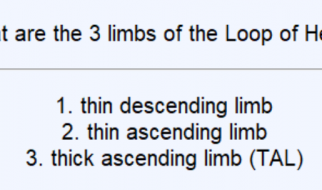Baking powder and baking soda are two powders that ? although they appear to be identical ? are slightly different. However, they both do the same thing: make baked goods fluffy.
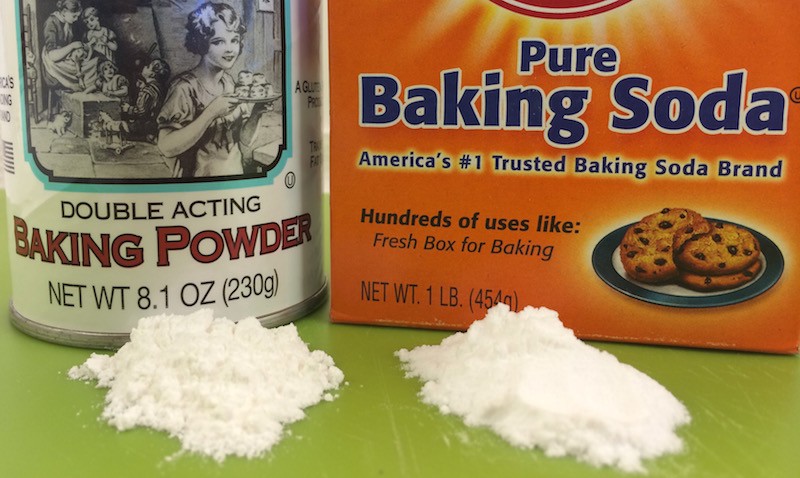 Without their packaging, it is near impossible to tell baking soda and baking powder apart (Image Credit: Eat By Date).
Without their packaging, it is near impossible to tell baking soda and baking powder apart (Image Credit: Eat By Date).
Baking soda ? or as it?s known by chemists, sodium bicarbonate ? is the chemical compound that adds volume to baked goods and makes paper-mch volcanoes explosive. To work its magic, baking soda is mixed with an acid such as vinegar, lemon juice, buttermilk, or cocoa powder. Once the baking soda reacts with the acid, the mixture begins to puff up. However, without an acid, the baking soda will never be activated, and your creation will be a disappointment.
 Don?t let your mixture sit! If you wait too long, the baking soda and acid reaction will end, and because no more carbon dioxide is being produced, the mixture will start to collapse (Image Credit: Reaction Club).
Don?t let your mixture sit! If you wait too long, the baking soda and acid reaction will end, and because no more carbon dioxide is being produced, the mixture will start to collapse (Image Credit: Reaction Club).
Once the mixture is heated, more carbon dioxide gas is formed as the reaction between the baking soda and acid is accelerated. The carbon dioxide gas filters through the dough, searching for any pre-existing pockets of air. When it finds one, the carbon dioxide gas expands the pocket, causing the mixture to puff up. As the mixture stiffens and the carbon dioxide gas escapes, enlarged air pockets are left behind.
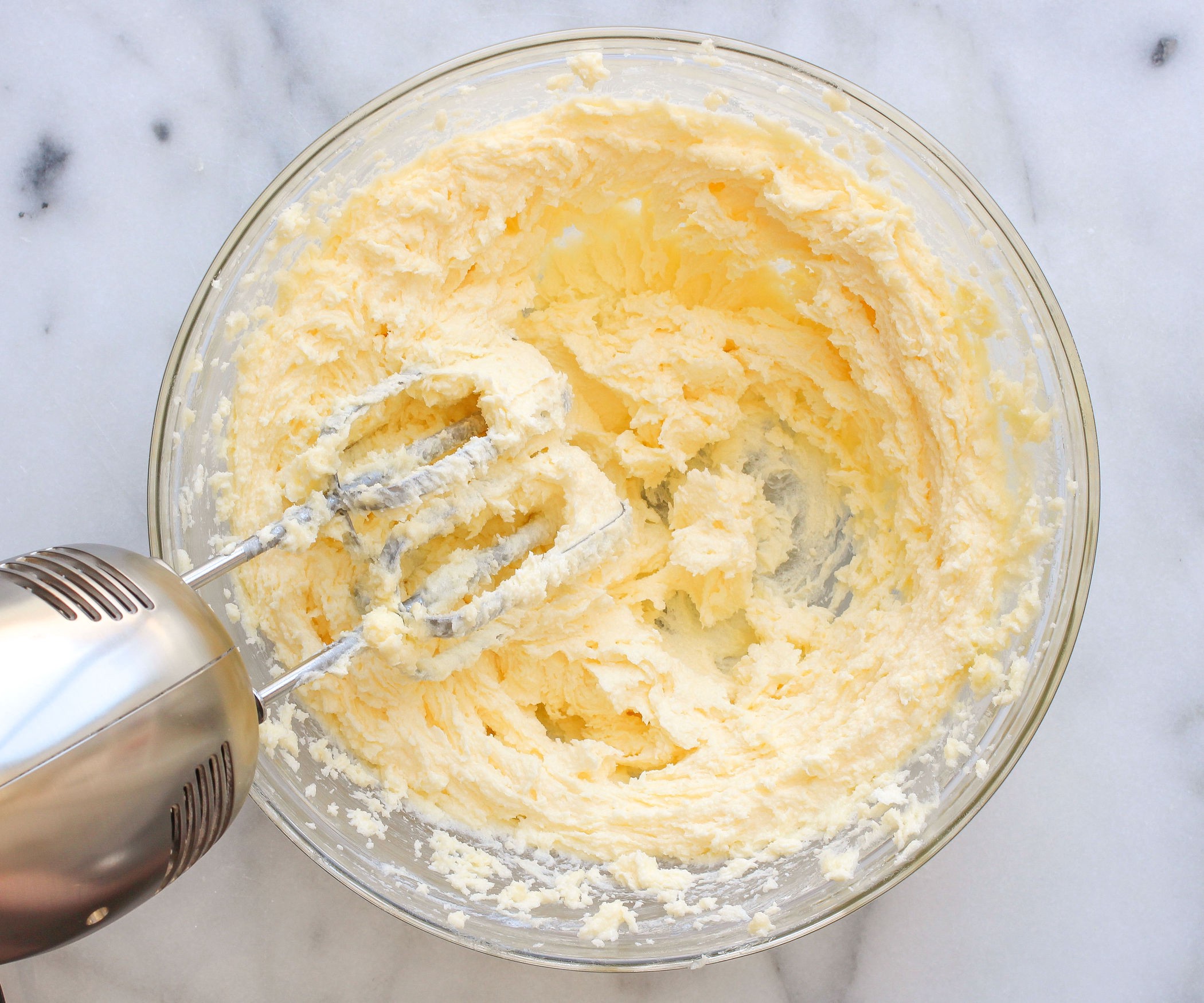 Without air pockets, the carbon dioxide gas would just leave. Two ways to add air pockets and force the carbon dioxide gas to stay a little longer are adding whipped egg whites or creamed butter and sugar (Image Credit: Instructables).
Without air pockets, the carbon dioxide gas would just leave. Two ways to add air pockets and force the carbon dioxide gas to stay a little longer are adding whipped egg whites or creamed butter and sugar (Image Credit: Instructables).
Baking soda is a base and raises a mixture?s pH when added. The environment the baking soda creates slows down protein coagulation ? the stiffening of a food as it cooks or bakes? giving it more time to spread before it sets. This helps food bake more evenly.
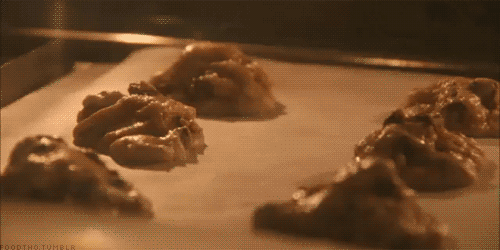 The high pH from the baking soda also weakens the gluten in the mixture, keeping the food tender and speeding up the Maillard reaction, which creates deeper flavors and colors in a shorter amount of time (Image Credit: Giphy).
The high pH from the baking soda also weakens the gluten in the mixture, keeping the food tender and speeding up the Maillard reaction, which creates deeper flavors and colors in a shorter amount of time (Image Credit: Giphy).
Baking powder is one-fourth baking soda and three-fourths acid and cornstarch. Because of its composition, baking powder is only one-fourth as powerful as baking soda, but, when using baking powder, it isn?t necessary to add an acid. Instead, baking powder starts to work when any liquid is added.
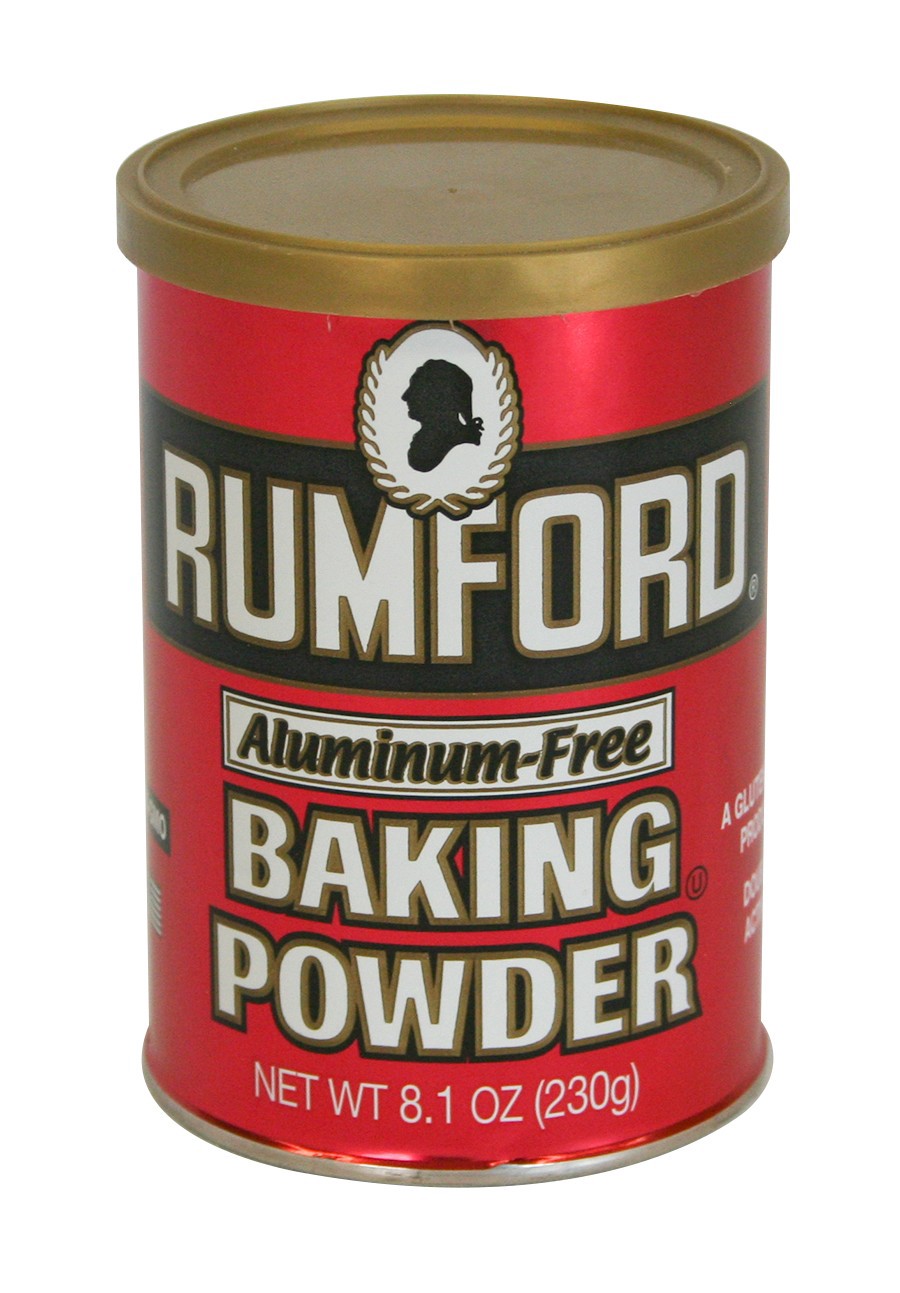 Baking powder?s type ? yes, there are multiple types of baking powder? is determined by how it releases carbon dioxide gas. Double-acting, the most common type, releases carbon dioxide twice: when added and when heated. This happens because double-acting baking powder contains monocalcium phosphate, which releases carbon dioxide when heated (Image Credit: HEB).
Baking powder?s type ? yes, there are multiple types of baking powder? is determined by how it releases carbon dioxide gas. Double-acting, the most common type, releases carbon dioxide twice: when added and when heated. This happens because double-acting baking powder contains monocalcium phosphate, which releases carbon dioxide when heated (Image Credit: HEB).
The acid in baking powder is in the form of a salt, so it won?t react with the baking soda until a liquid is added. But once a liquid is added, carbon dioxide gas is produced immediately. Like with baking soda, it is important to bake the mixture right away, or else the mixture will collapse. Once the mixture with baking powder is put in the oven and exposed to heat, carbon dioxide gas is released and expands the mixture?s air pockets. When the mixture has stiffened, the enlarged pockets are left behind.
 If your baking soda or baking powder has expired, it won?t work. To check on baking soda, mix it with vinegar. For baking powder, mix it with hot water. You should see quite a reaction (Image Credit: Giphy).
If your baking soda or baking powder has expired, it won?t work. To check on baking soda, mix it with vinegar. For baking powder, mix it with hot water. You should see quite a reaction (Image Credit: Giphy).
Now, with all this knowledge, it?s time to determine which should be used when. If you?re creating something where an acid is already one of the ingredients, use baking soda. However, if there are no acids in your recipe, use baking powder. Finally, if there are no acids or liquids, I would like to know what you are hoping to create.
Works Cited
Durand, Faith. ?The Difference Between Baking Soda and Baking Powder.? Kitchn, Apartment Therapy, 29 Apr. 2010, www.thekitchn.com/pantry-basics-whats-the-differ-40514. Accessed 9 Sept. 2017.
Helmenstine, Anne Marie. ?How Baking Soda Works for Baking.? ThoughtCo., 25 Aug. 2017, www.thoughtco.com/how-baking-soda-works-for-baking-607383. Accessed 9 Sept. 2017.
? -. ?How Does Baking Powder Work in Cooking?? ThoughtCo., 20 Mar. 2017, www.thoughtco.com/how-baking-powder-works-607382. Accessed 9 Sept. 2017.
Moncel, Bethany. ?What Is Baking Soda?? The Spruce, 27 Jan. 2017, www.thespruce.com/what-is-baking-soda-p2-1328637. Accessed 9 Sept. 2017.
Parks, Stella. ?Cookie Science: How Baking Soda Works.? Serious Eats, www.seriouseats.com/2015/12/cookie-science-how-baking-soda-works.html. Accessed 9 Sept. 2017.
?What is baking powder, and how does it work?? HowStuffWorks, 14 Aug. 2008, recipes.howstuffworks.com/tools-and-techniques/baking-powder.htm. Accessed 9 Sept. 2017.
? Isabella S., Pennsylvania
+++

Be a part of our conversation: on Twitter @ScienceTeens; on Instagram at scienceteens; and on Snapchat at march4science.


